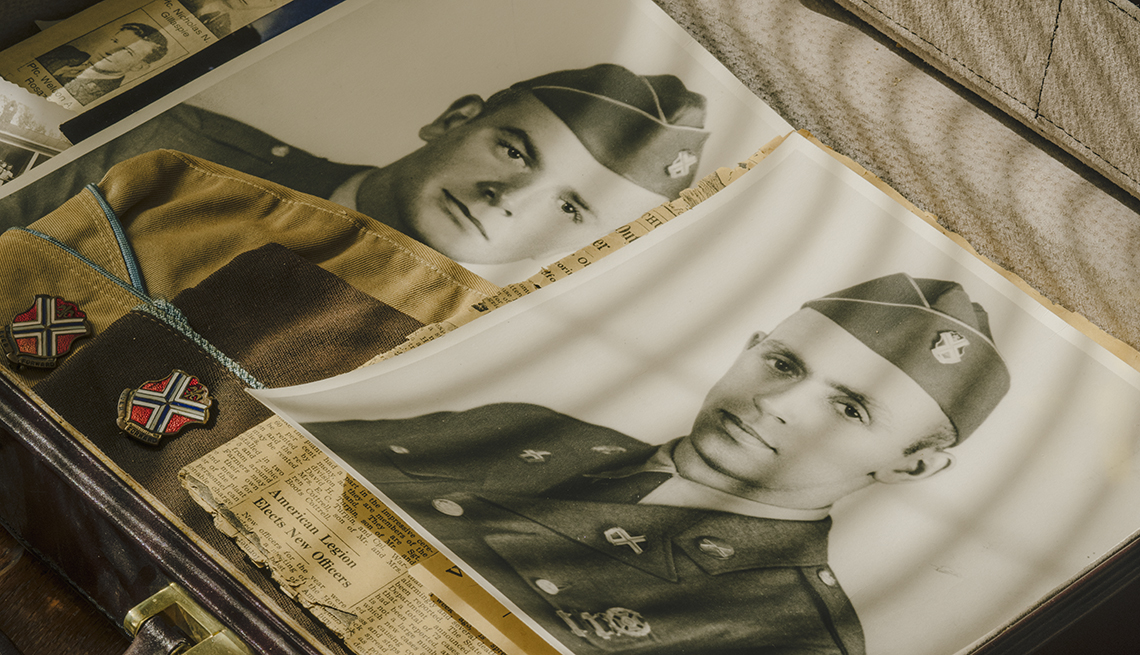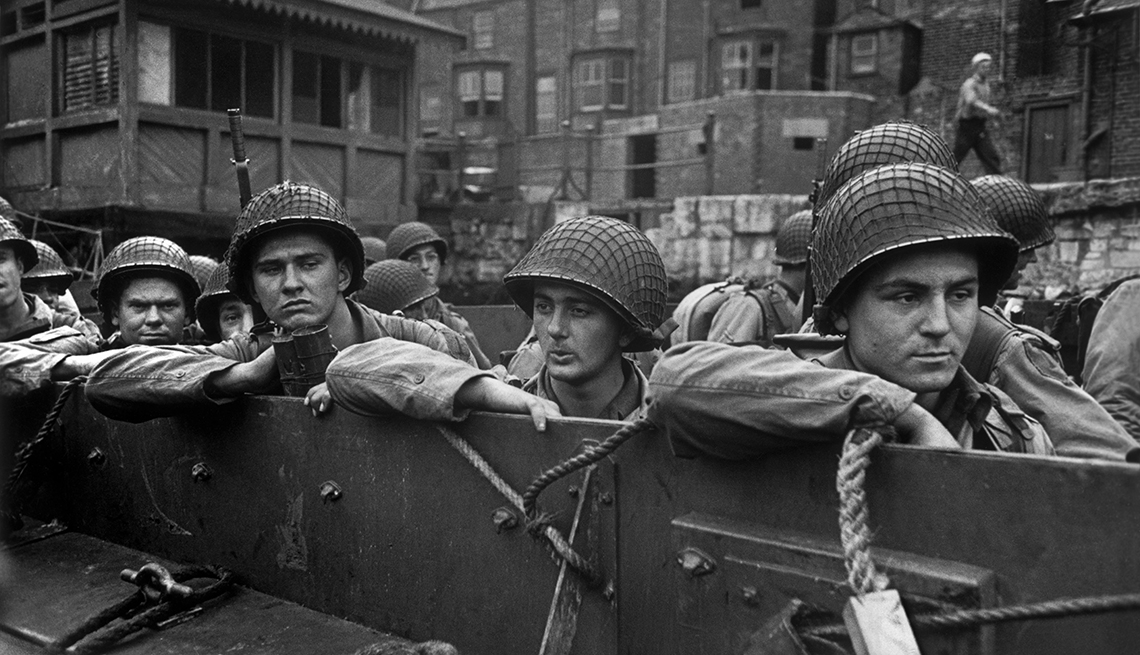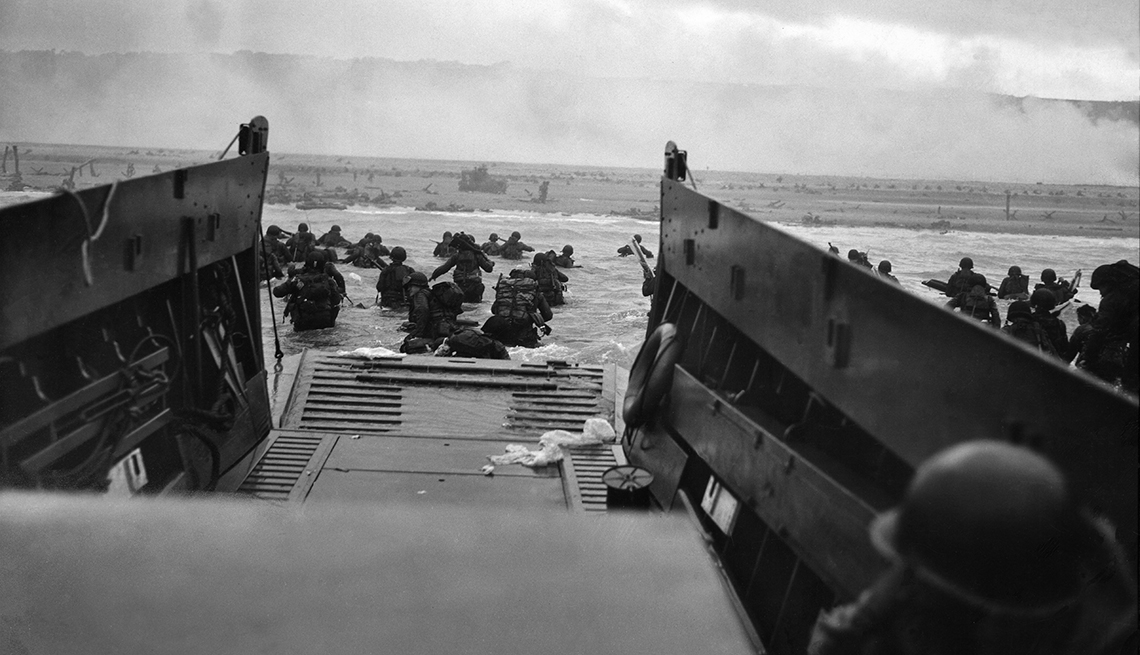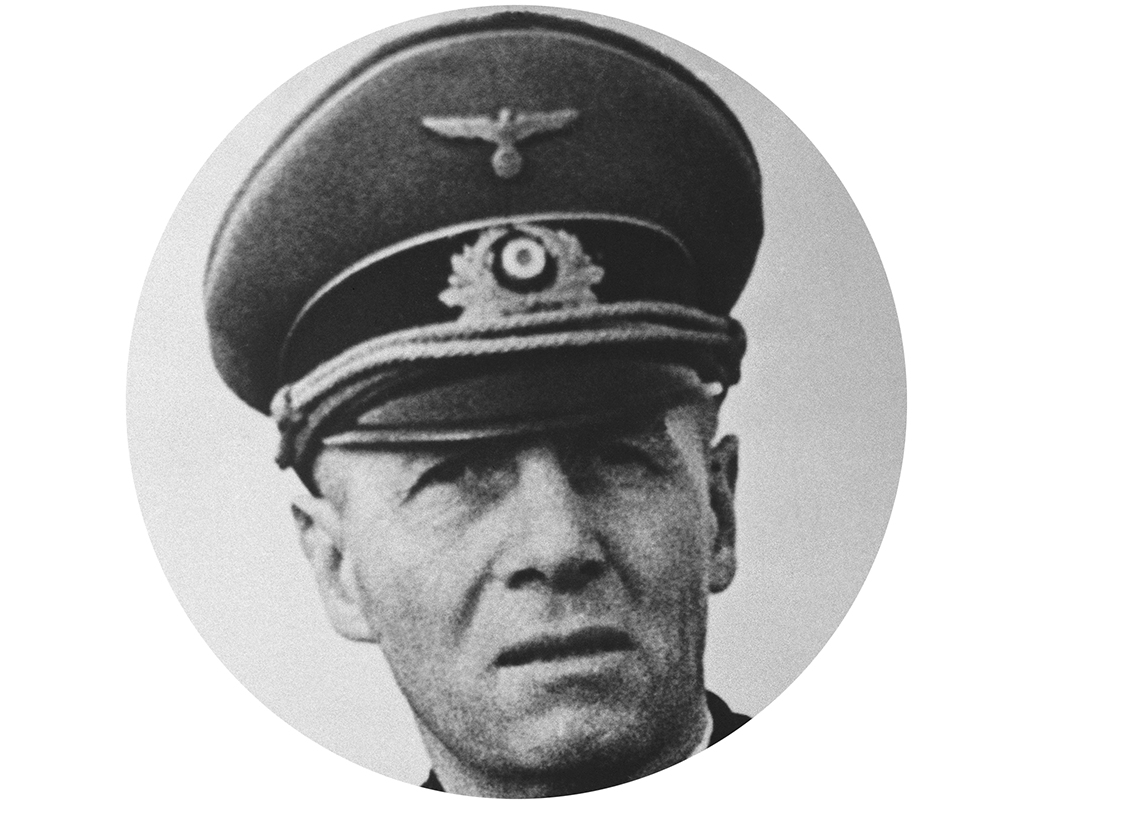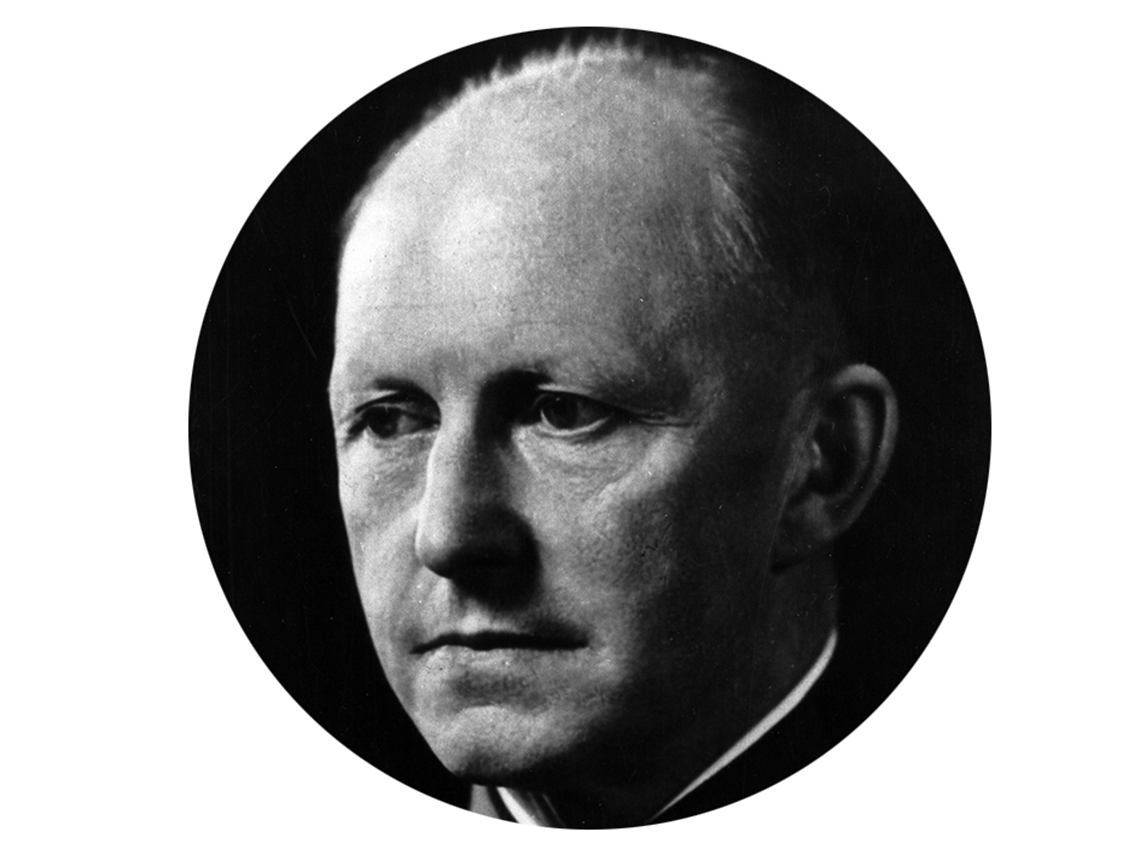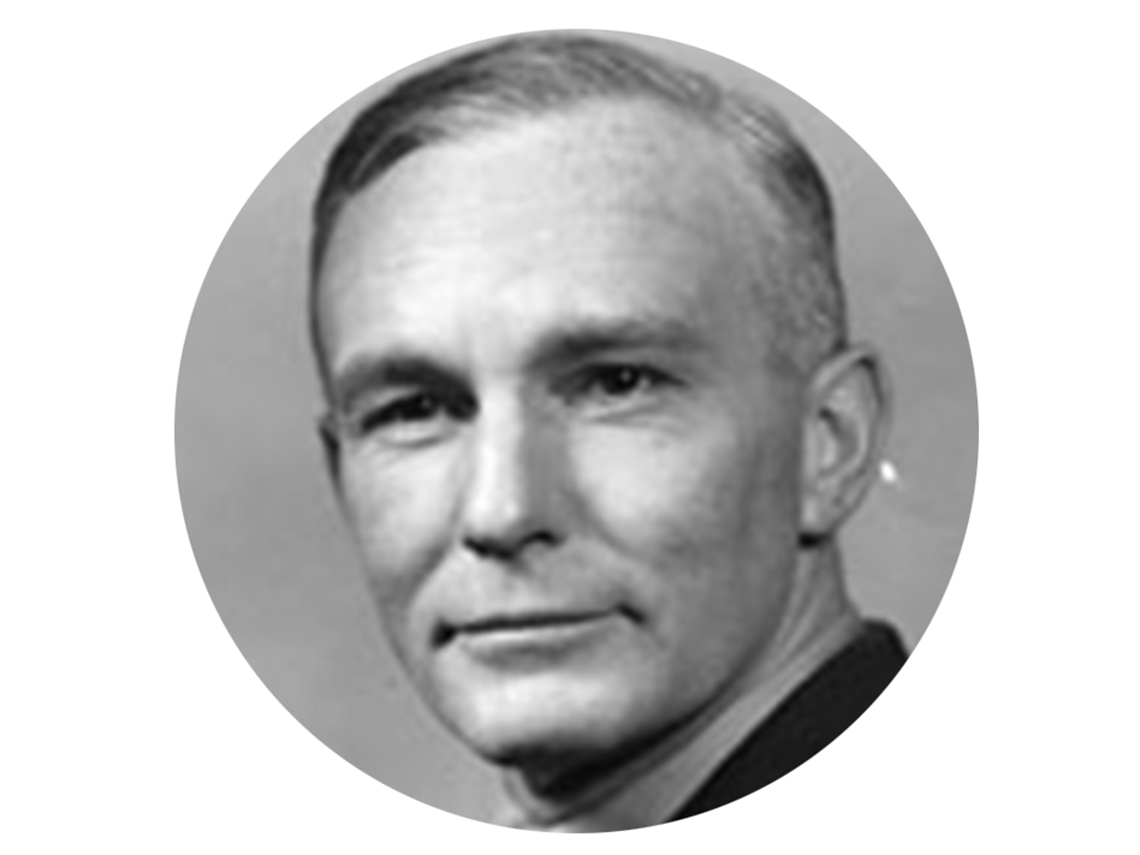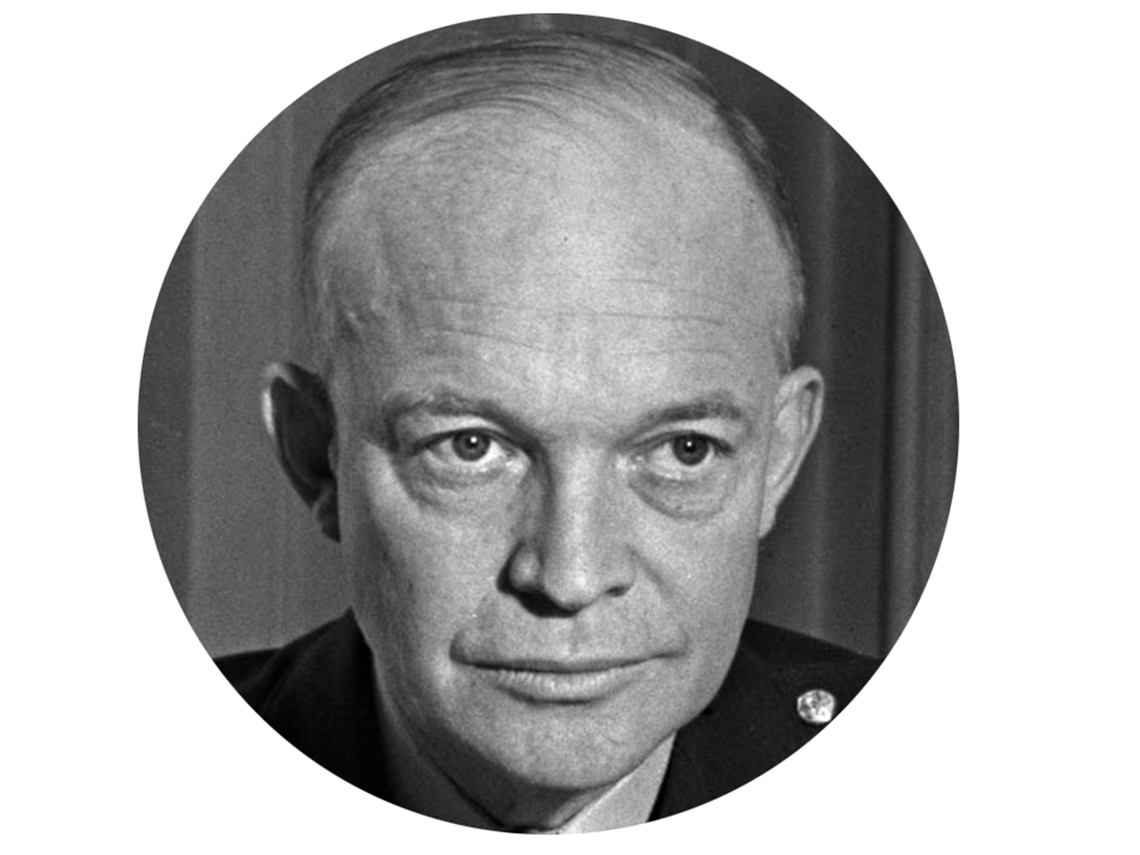The Normandy Invasion Changed the World in Ways That Still Matter
June 6 marks the anniversary of the invasion of Normandy, when Allied forces began the liberation of Western Europe. It was arguably the most critical single day in America’s effort to help rid the world of Nazi tyranny. D-Day is remembered, too, as a pivotal moment in establishing America’s role as a world leader after World War II. But the personal connections to the day live on as well. Here are some recollections from people who played a part in making history that day, and facts about a moment in time we should never forget, along with some poignant letters home read by actor Bryan Cranston.
The First Wave
Pfc. Dominick "Dom" Bart recounts the horrific experience of war during the Omaha Beach invasion
A Sky Full of Fire
Pfc. Jim “Pee Wee” Martin writes of his first taste of battle as a paratrooper in the D-Day invasion
A Total Victory
Ensign Jay Kay describes his experience piloting a landing craft filled with U.S. troops
Small Virginia Town Remembers Its Sacrifice
One sister recalls the price her family and Bedford, Va., paid on June 6, 1944
The Story Behind D-Day's Iconic Images
Robert Capa took the most famous photos, but is the story behind those pictures a myth?
D-Day by the Numbers
What They Said About D-Day




